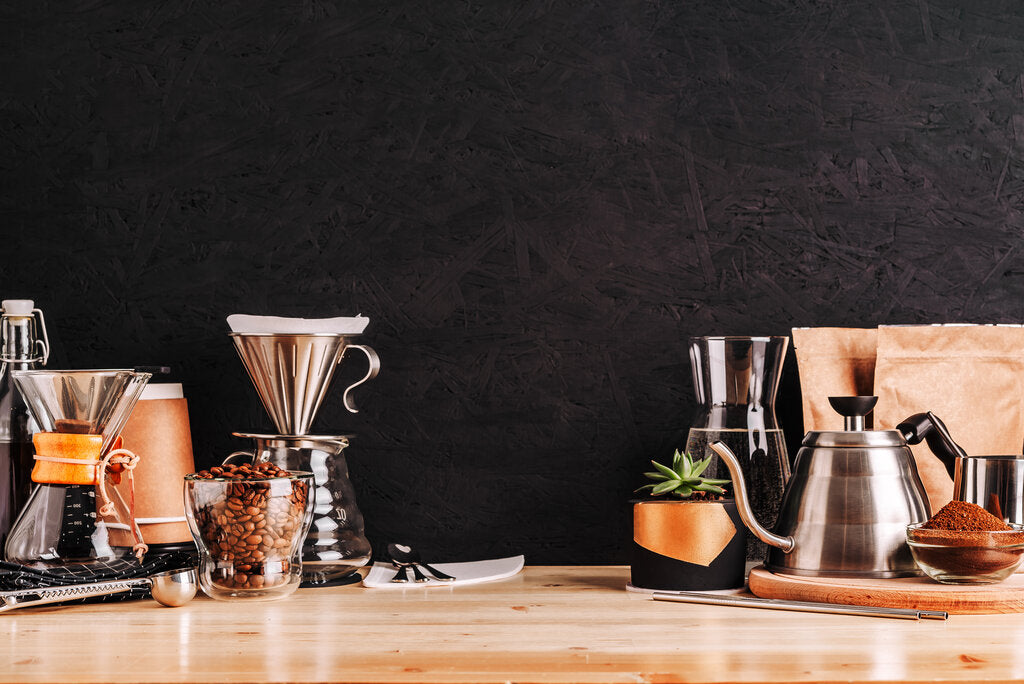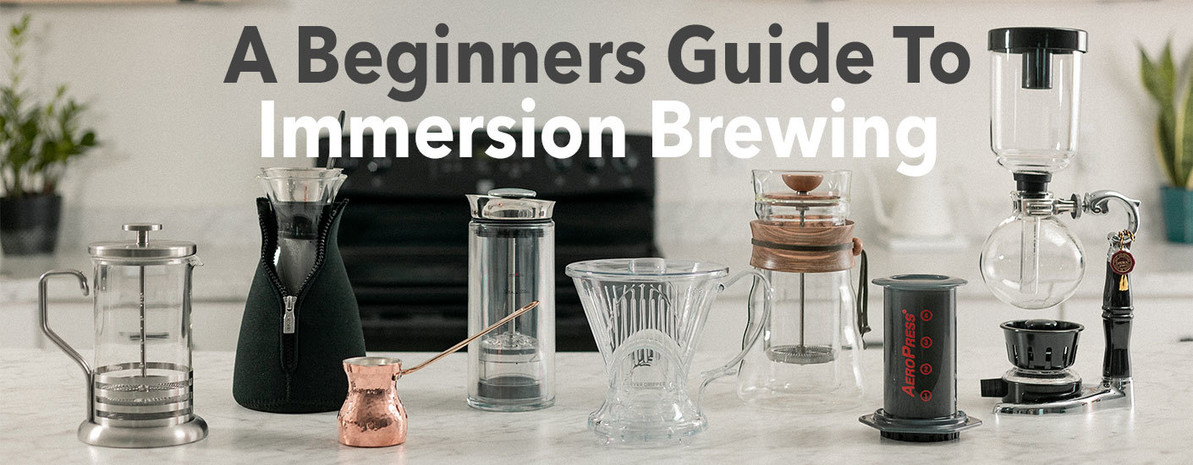Introducing the Scientific Research Behind Various Coffee Brewing Methods and Their Advantages
Introducing the Scientific Research Behind Various Coffee Brewing Methods and Their Advantages
Blog Article
Checking Out the Art of Coffee Brewing: A Comprehensive Guide to Perfecting Your Cup
The art of coffee developing is a multifaceted technique that merges scientific research with personal expression, where the option of beans, water quality, and brewing approaches converge to produce a refined sensory experience. Understanding the nuances of different coffee beans, specifically the distinctions in between Arabica and Robusta, is important for any kind of enthusiast. Moreover, the selection of proper tools and precise interest to developing criteria can dramatically influence the final result. As we check out these aspects, one must take into consideration just how even small changes can bring about extensive adjustments in taste and fragrance-- what might these changes reveal about your suitable mug?
Recognizing Coffee Beans
To truly appreciate the art of coffee brewing, one should first understand the fundamental component: coffee beans. These tiny seeds, commonly stemmed from the Coffea plant, are critical in determining the flavor profile, scent, and total quality of the brewed beverage. Coffee beans primarily come under 2 groups: Arabica and Robusta. Arabica beans, understood for their fragile tastes and greater level of acidity, are usually preferred by aficionados. In contrast, Robusta beans have a more powerful, much more bitter preference and greater caffeine material, making them appropriate for espresso blends.

In addition, the processing technique-- whether cleaned, all-natural, or honey-- influences the beans' final taste. Comprehending these components allows brewers to choose the ideal beans that align with their chosen flavor profile, inevitably boosting the coffee developing experience. coffee brewing methods. This understanding is vital for any individual aspiring to master the craft of brewing the ideal cup of coffee
Brewing Techniques Described
Several fanatics locate that the selection of developing approach significantly affects the final flavor and aroma of their coffee. Each method harnesses different removal strategies, affecting the coffee's personality and richness.
Drip brewing, one of the most popular methods, makes use of an equipment to trickle warm water with ground coffee, creating a clean and consistent mug. French press, on the various other hand, immerses coffee grounds in warm water, permitting for a fuller body and even more robust flavor, as oils and great bits stay in the brew.
Pour-over brewing supplies a thorough technique, where water is manually poured over coffee premises, permitting for exact control over extraction time and temperature, causing a nuanced and brilliant cup.
Coffee, a focused coffee brewed under stress, is recognized for its strong flavor and luscious structure, acting as the base for numerous coffee drinks, including coffees and cappucinos.
Important Equipment Required
The foundation of any type of effective coffee brewing procedure exists in quality devices customized to your preferred technique. A trusted coffee grinder is vital; fresh ground beans considerably improve taste and aroma.
Next, consider your developing tool. Alternatives range from drip coffee machine and pour-over configurations to French presses and coffee equipments. Each method provides unique taste accounts and brewing methods, so select one that straightens with your taste preferences.
An accurate scale is additionally invaluable, allowing you to measure coffee and water precisely, which is important for uniformity. Furthermore, a thermometer can aid keep track of water temperature level, as it straight affects removal quality.
Learning Water Quality
The quality of water made use of in developing coffee plays a substantial function in figuring out the final flavor account of the mug. Different elements add to water quality, consisting of mineral material, pH level, and overall pureness. Ideally, water ought to be free from pollutants and impurities, as these can detrimentally affect the preference of coffee.
Minerals, such as calcium and magnesium, improve the extraction of tastes from the coffee grounds, while maintaining a well balanced pH level-- around 6.5 to 7.5-- is important for optimum extraction. Water that is too soft might result in click to investigate under-extraction, resulting in weak or sour flavors, while extremely difficult water can generate a bitter or extreme cup.
For the very best results, filtered you can try this out water is advised, as it minimizes the presence of chlorine and various other undesirable materials typically found in faucet water. Additionally, take into consideration using water with a Complete Dissolved Solids (TDS) level in between 150-200 ppm, which is generally suitable for coffee brewing. By understanding water high quality, you can lay a strong foundation for attaining a regularly superb cup of coffee, permitting the distinct attributes of your selected beans to beam through.

Tips for Flavor Improvement
Enhancing the flavor of your coffee can substantially elevate your brewing experience and highlight the distinct subtleties of your picked beans. To accomplish this, take into consideration several vital factors that affect preference.
Firstly, the work dimension this link plays an essential function. A finer work enhances extraction, causing bolder tastes, while a coarser grind yields a milder cup. coffee brewing methods. Readjust your work according to your brewing method to accomplish optimum results
Second of all, trying out brew time. Over-extraction can result in resentment, while under-extraction outcomes in a sour preference. Go for a brew time that balances these extremes, typically in between 2 to 4 mins, relying on your approach.
Brewing with water that is too warm can swelter the coffee, while water that is as well awesome might fall short to remove appropriate flavor. In conclusion, the art of coffee developing is a diverse practice that calls for a deep understanding of different aspects, including bean option, brewing methods, and water high quality. By integrating these components, coffee fanatics can raise their brewing techniques, resulting in a cup that not only pleases individual choices however likewise showcases the abundant complexity of coffee tastes.
The art of coffee brewing is a multifaceted technique that merges scientific research with individual expression, where the choice of beans, water top quality, and brewing methods assemble to create a refined sensory experience.To genuinely appreciate the art of coffee developing, one should first recognize the foundational component: coffee beans. Brewing with water that is as well hot can swelter the coffee, while water that is also great may stop working to draw out sufficient taste. In conclusion, the art of coffee developing is a multifaceted technique that calls for a deep understanding of different elements, including bean option, developing methods, and water high quality. By incorporating these components, coffee lovers can boost their developing techniques, resulting in a mug that not only satisfies personal preferences yet additionally showcases the rich complexity of coffee flavors.
Report this page